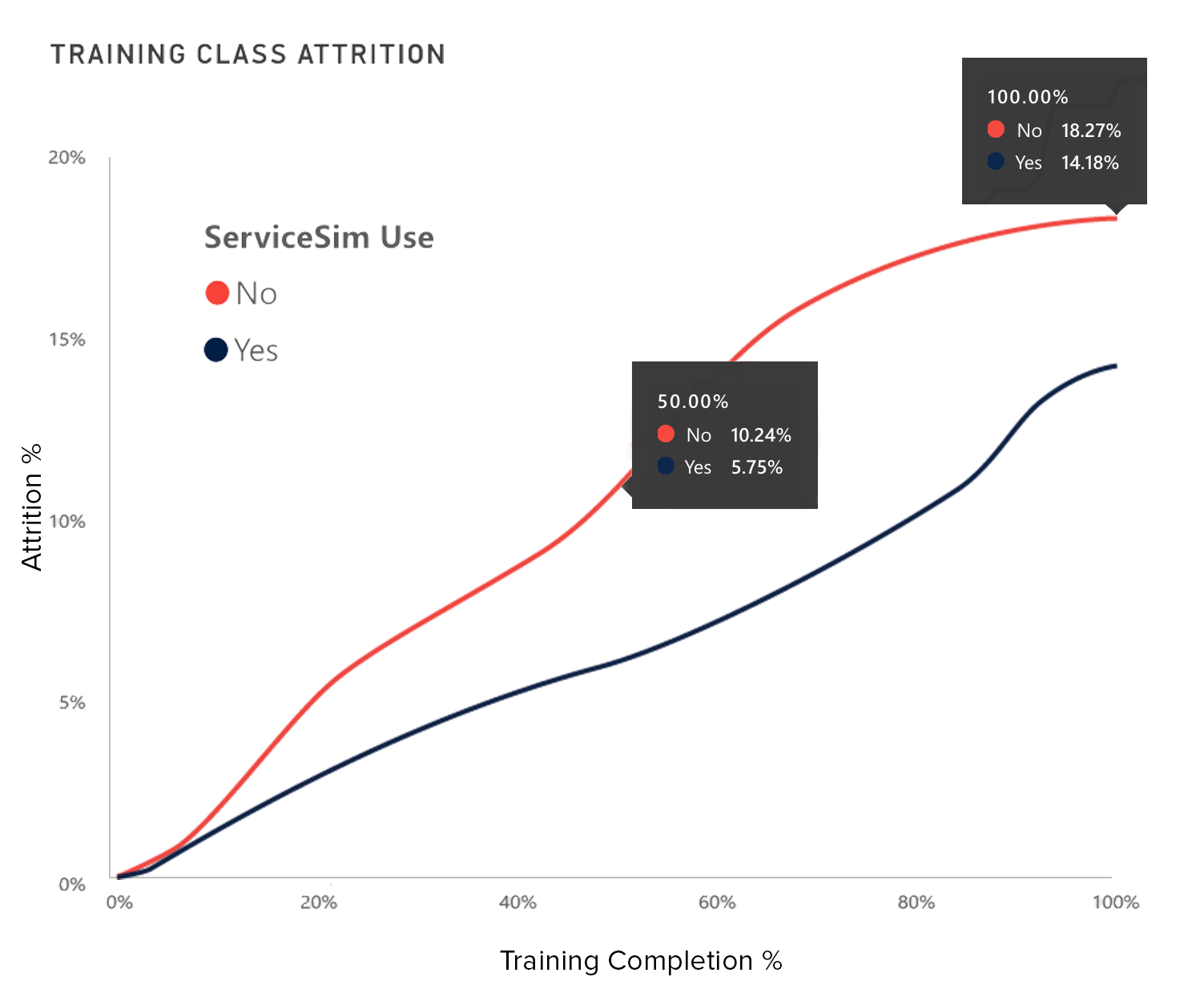In the world of contact centers, the old adage “practice makes perfect” is often taken at face value. However, when it comes to preparing agents for the complex and varied interactions they’ll face, mere repetition isn’t enough. To truly elevate agent performance, practice must be more than just a routine drill; it needs to be realistic, intentional, and closely aligned with the actual challenges agents will encounter on the job.
Why Traditional Training Falls Short
Traditional training methods—like classroom lectures and static role-plays—often aim to cover a broad spectrum of scenarios but lack the depth and realism required to truly prepare agents. While these methods are useful for introducing concepts, they frequently miss the mark in terms of preparing agents for the nuances and unpredictability of real-life interactions.
Classroom Training: Often, classroom training covers theoretical knowledge and general guidelines. However, it doesn’t always translate into practical skills. Agents might understand the “what” but not the “how” of handling specific situations.
Static Role-Plays: Role-playing exercises can be beneficial, but if they’re not designed to closely mirror the actual customer interactions agents will face, they risk becoming mere exercises in memorization rather than opportunities for meaningful skill development.
Download Now: Your Roadmap to Successful AI Implementations in the Contact Center
The Pillars of Effective Practice
To see real improvement in agent performance, practice needs to be:
- Repetitive: Practice should be frequent and consistent to build muscle memory and reinforce learning. However, repetition alone isn’t enough—it must be coupled with intentional and realistic elements to be effective.
- Intentional: Training exercises must be focused on the specific skills and scenarios agents will encounter. This means developing practice sessions that target particular challenges, such as managing difficult conversations or navigating complex customer queries.
- Realistic: The practice environment should simulate real-world conditions as closely as possible. This includes using actual customer data, realistic scenarios, and tools that agents will use in their day-to-day roles. Realistic practice helps agents acclimate to the pressures and dynamics of real interactions, making them better prepared to handle them effectively.
Strategies for Implementing Effective Practice
- Scenario-Based Training: Develop training scenarios that mirror the types of interactions agents will handle. Include various customer profiles, common issues, and unexpected complications. This prepares agents not just for the expected, but for the unpredictable.
- Simulated Interactions: Use simulations that replicate real customer interactions. Incorporate elements such as real-time problem-solving, dynamic responses, and the use of actual systems and tools agents will use on the job.
- Feedback Loops: Implement systems for immediate feedback during practice sessions. This allows agents to learn from their mistakes and refine their skills in real-time, rather than waiting for a formal review.
- Performance Metrics: Track agents’ performance during practice sessions to identify areas for improvement. Use these metrics to tailor additional training and ensure that practice is aligned with real-world needs.
The goal of practice in contact center training is not just to repeat tasks but to develop skills that are applicable in real-world scenarios. By focusing on practice that is repetitive, intentional, and realistic, contact center managers can ensure that their agents are not only familiar with procedures but also adept at handling the complex, dynamic interactions that define their roles.
Investing in high-quality practice methods will lead to better-prepared agents, improved customer interactions, and ultimately, enhanced performance for your contact center. By rethinking your approach to practice, you can transform your training programs and set your team up for success in every customer interaction.
SUBSCRIBE FOR EMAIL UPDATES

